Requirements:
- Compact chord shapes
- Isomorphic chord shapes reduces the number of shapes to memorise
- Compact shapes make it easier to hold more keys with fewer fingers
- Cannot spread fingers well, closer is better
- Light keys
- Less tiring on hands
- Velocity keys
- Velocity produced by time between two switches
- Min 7 octaves
- Compact and lightweight
- USB Midi
Status:
- Analysis and design of keyboard layout [Complete]
- Prototype A - Key Mechanism Prototype [Complete]
- Prototype B - Small section test [Awaiting PCBs]
- Full Keyboard - TODO
Current layout design:
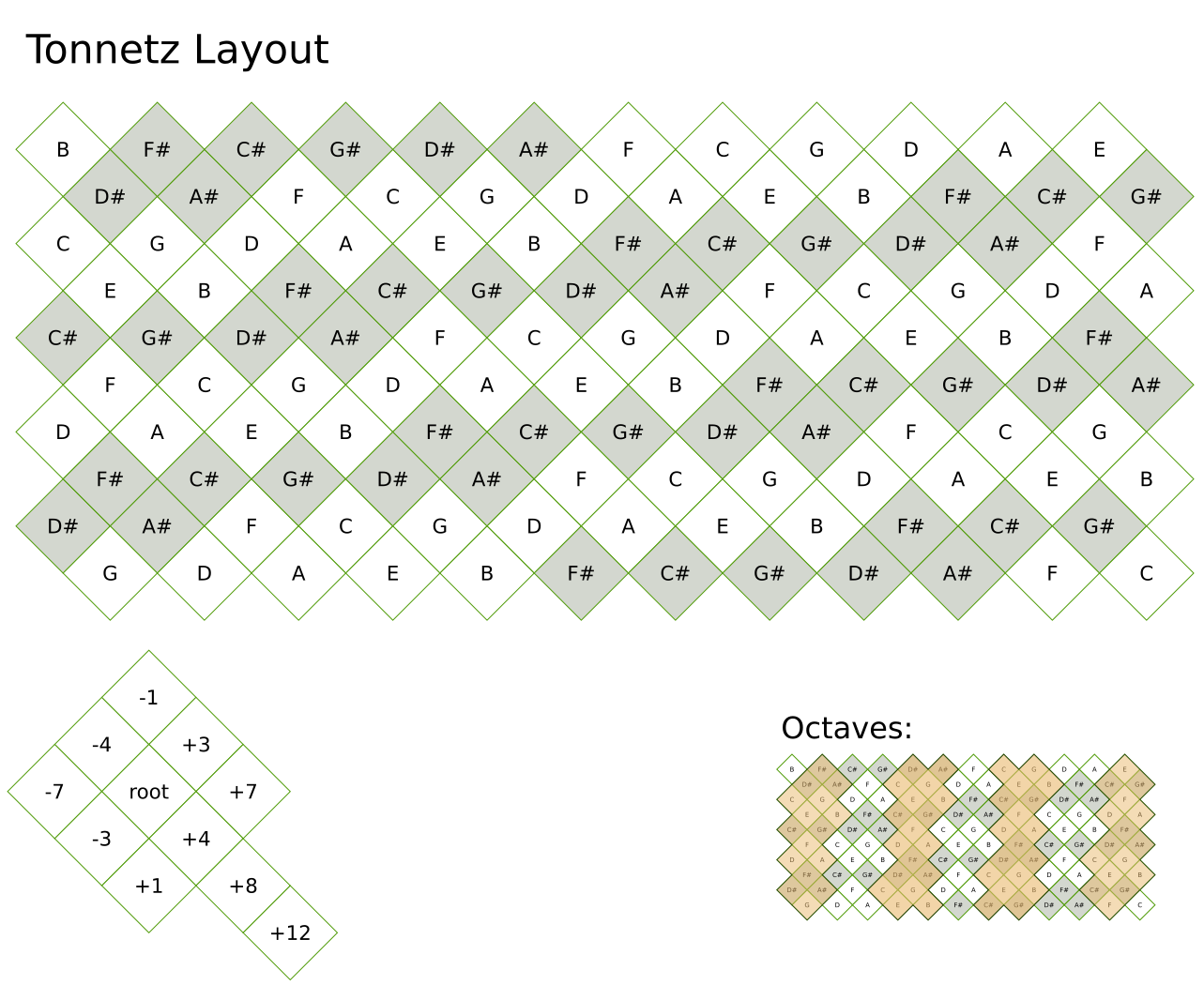
 Redgeneral
Redgeneral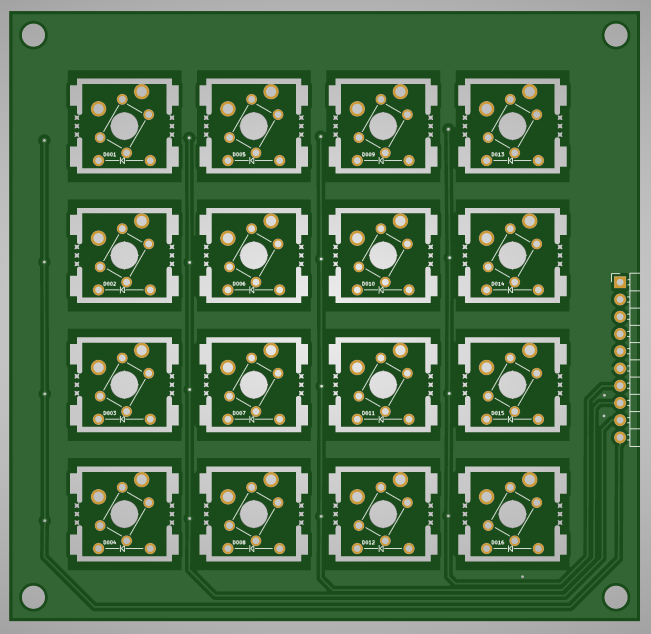
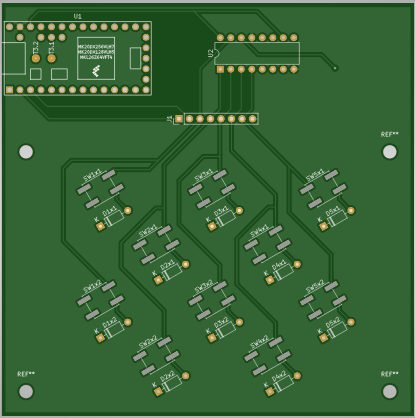
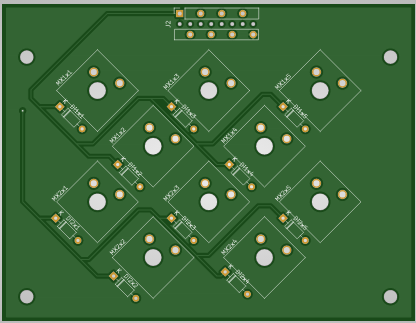
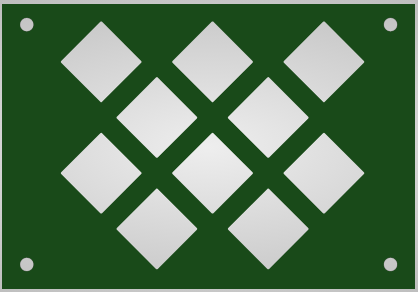
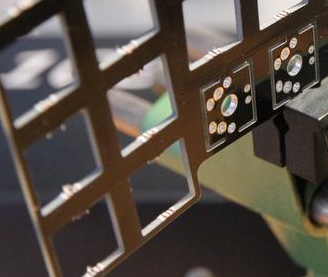
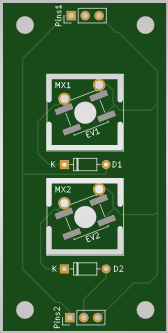
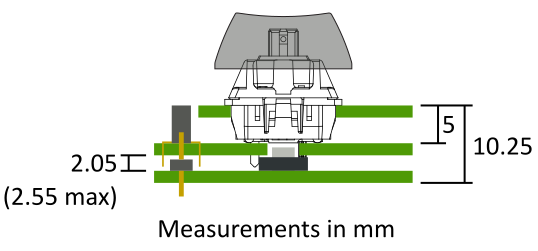

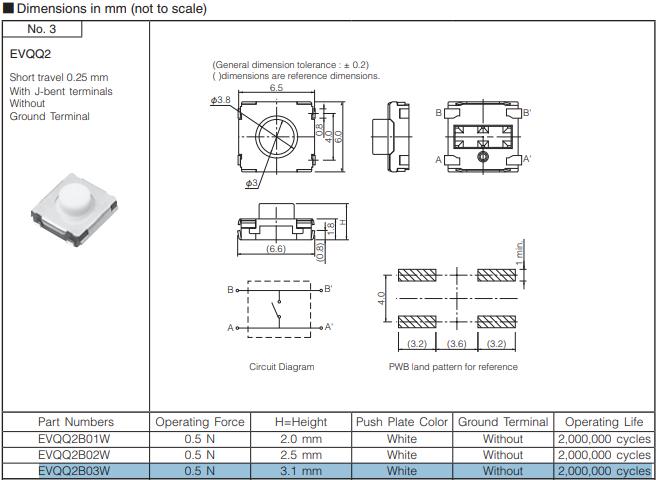
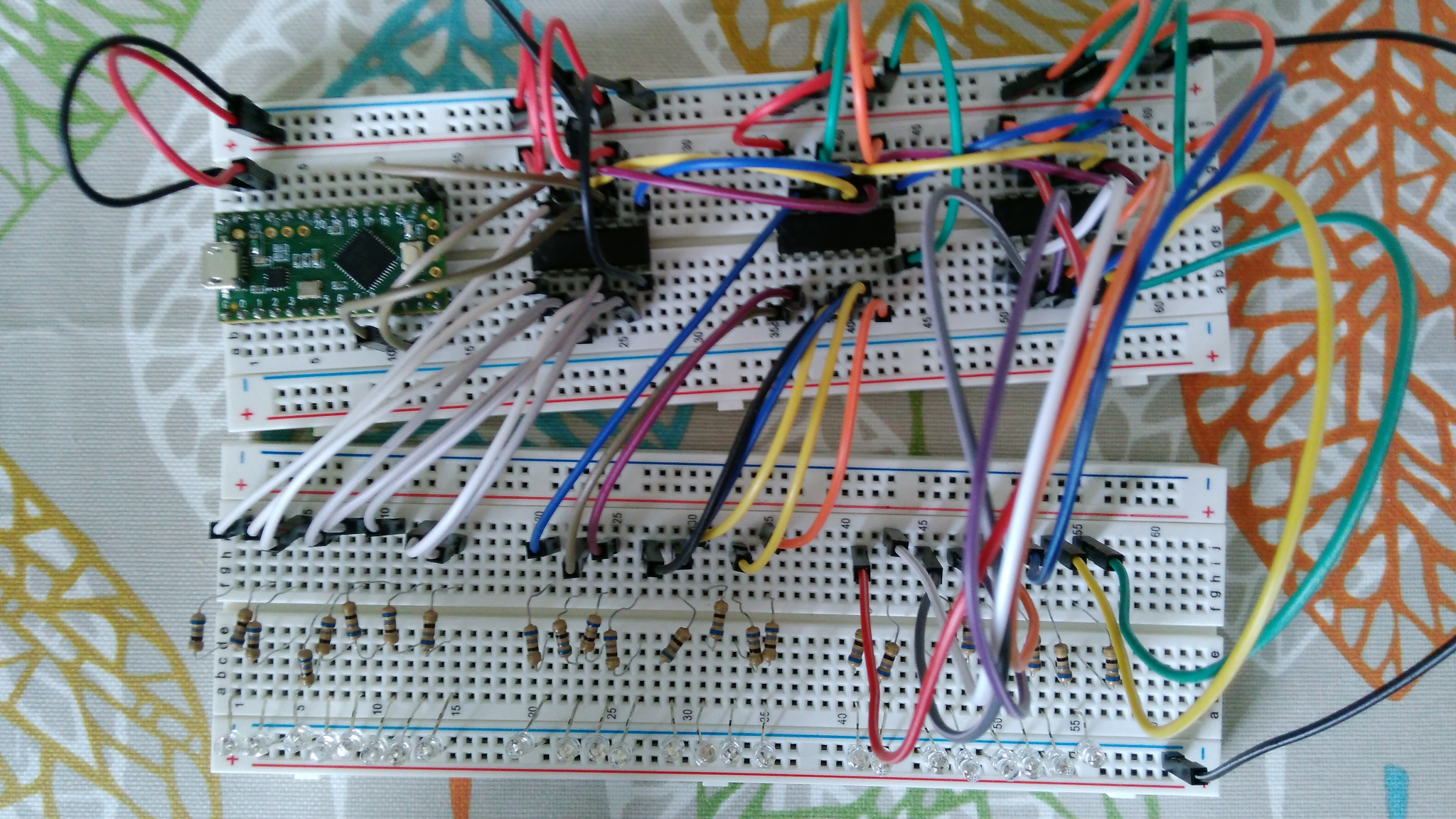
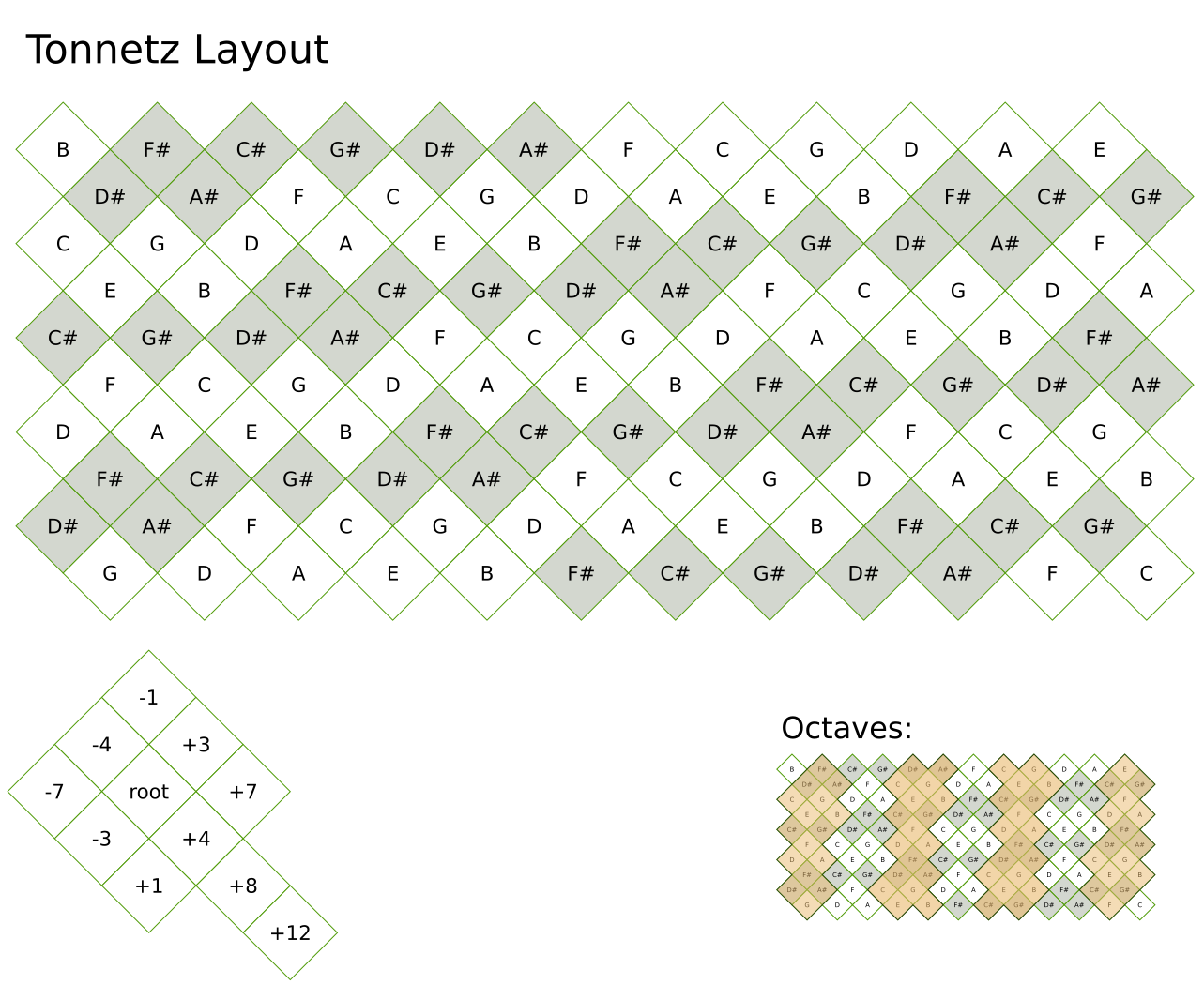
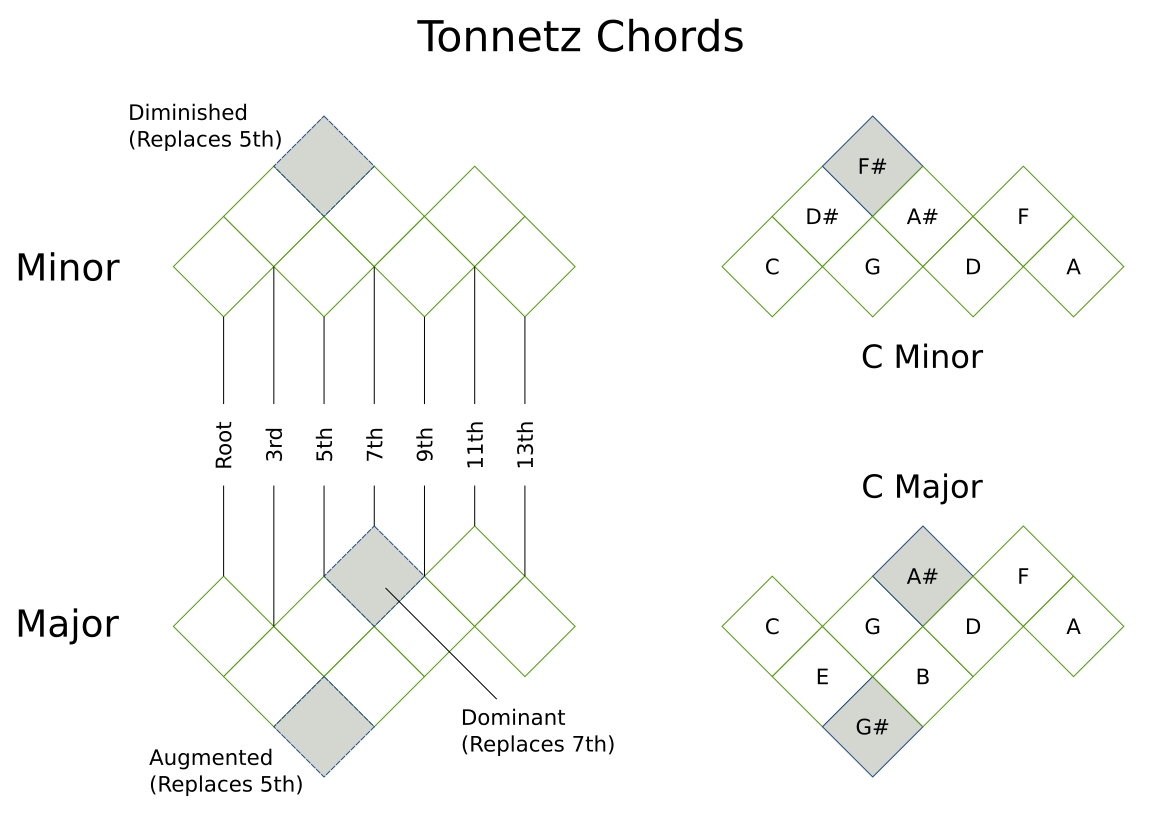


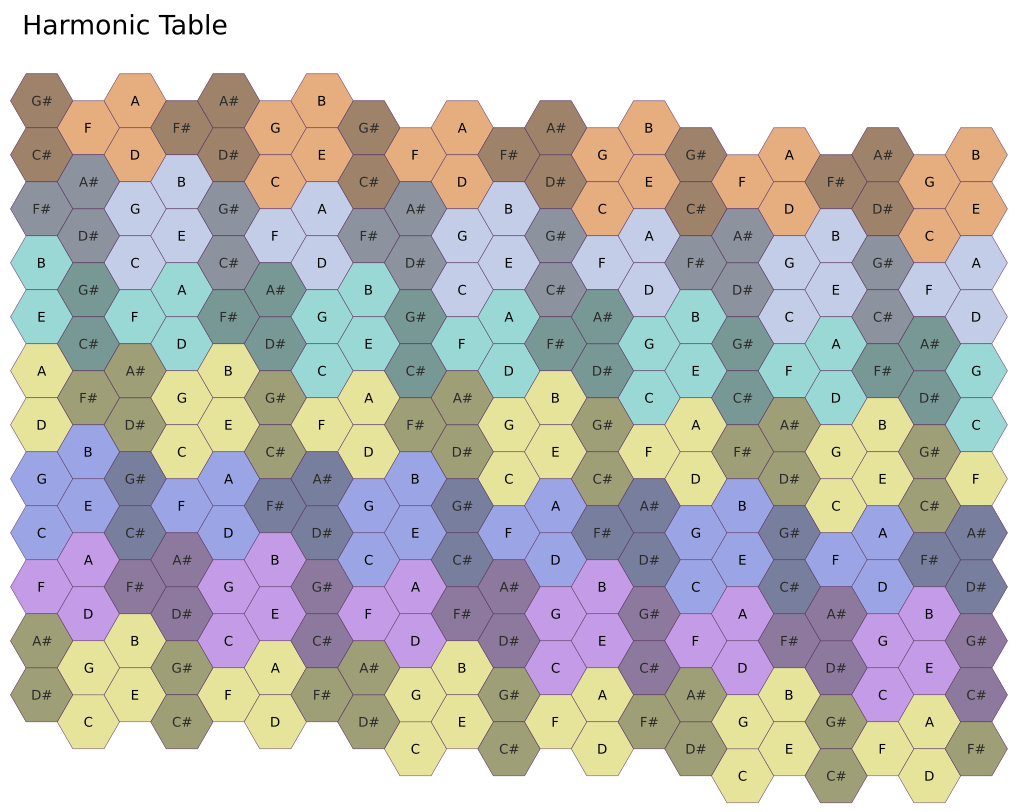
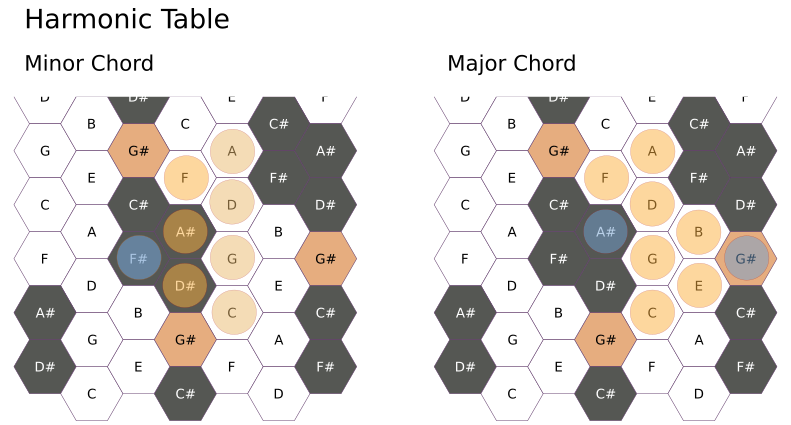
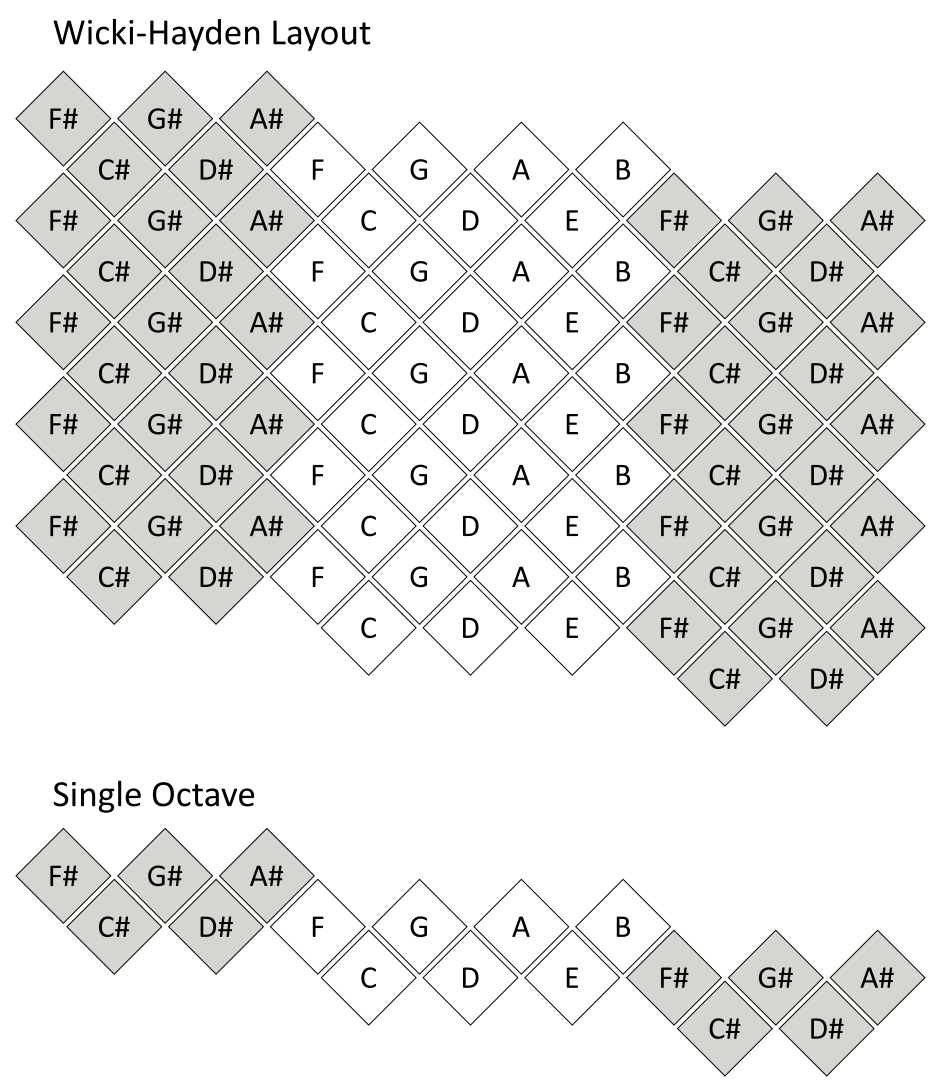
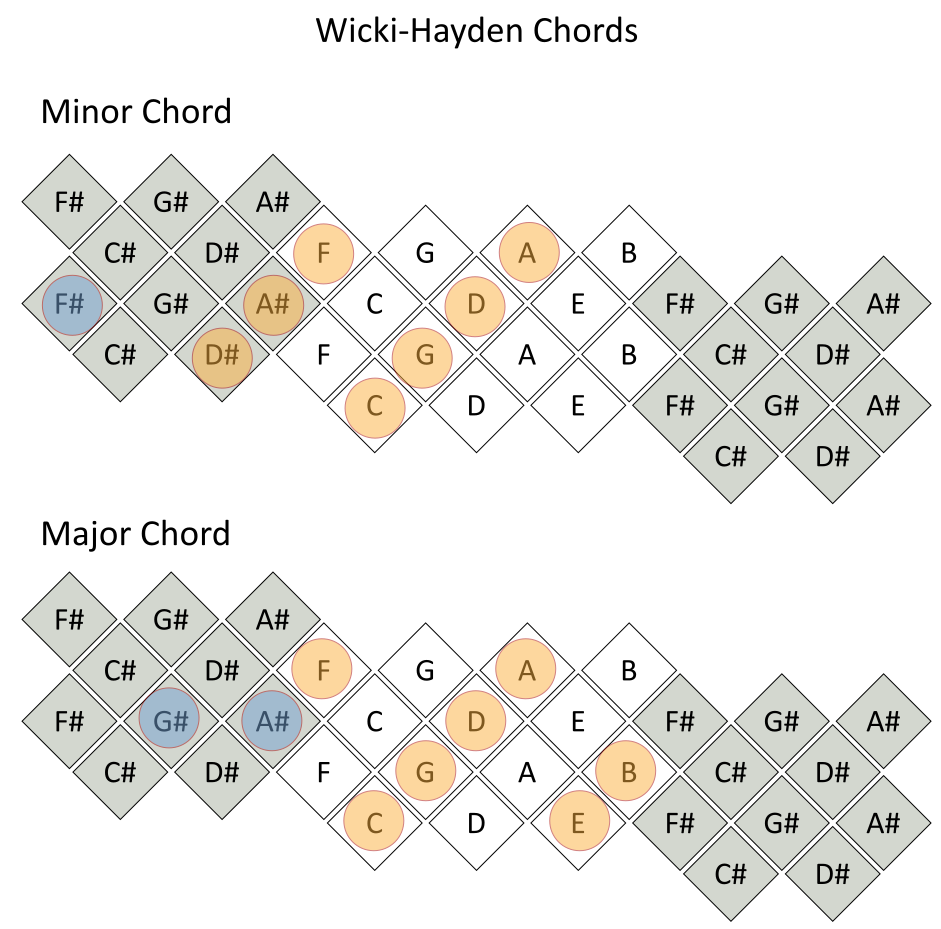
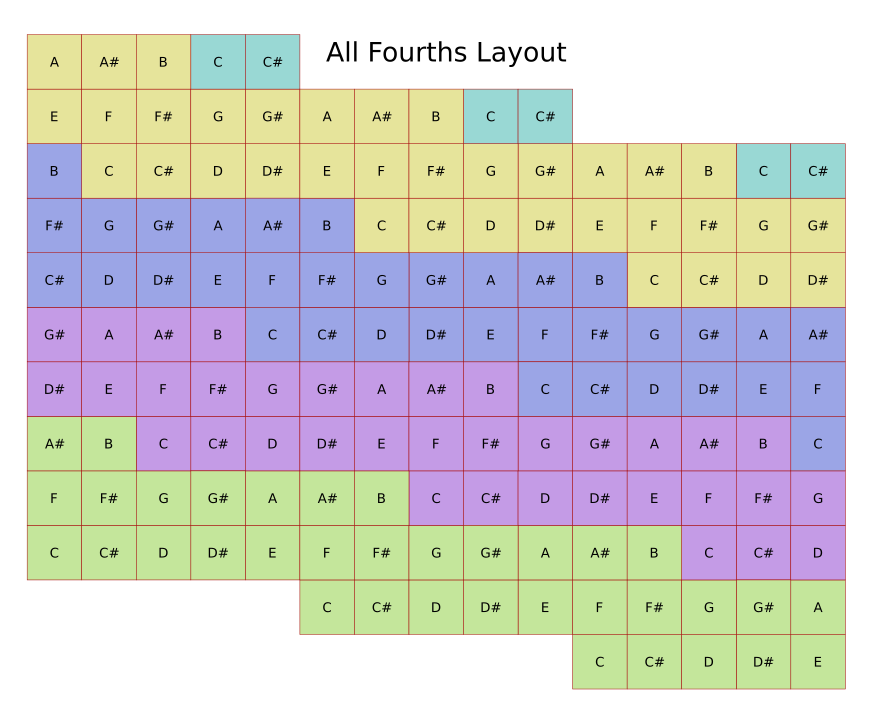
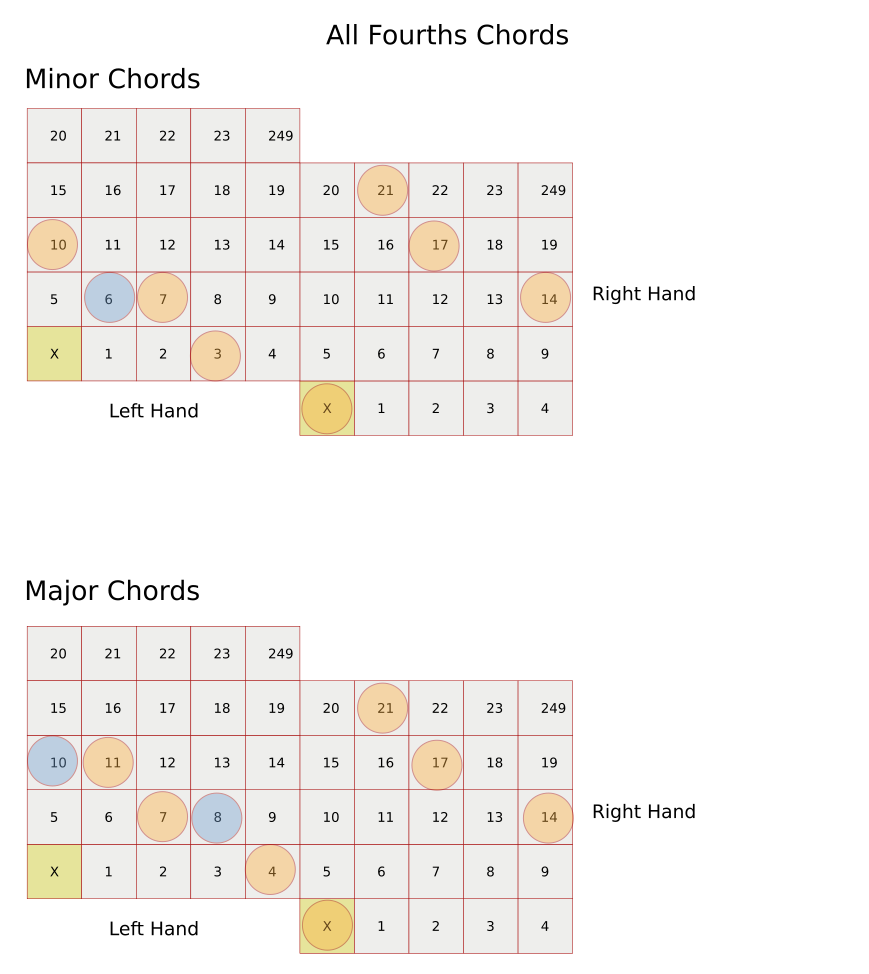


I just became aware of Tonnetz charts and started thinking along similar lines recently. How is this project coming along?